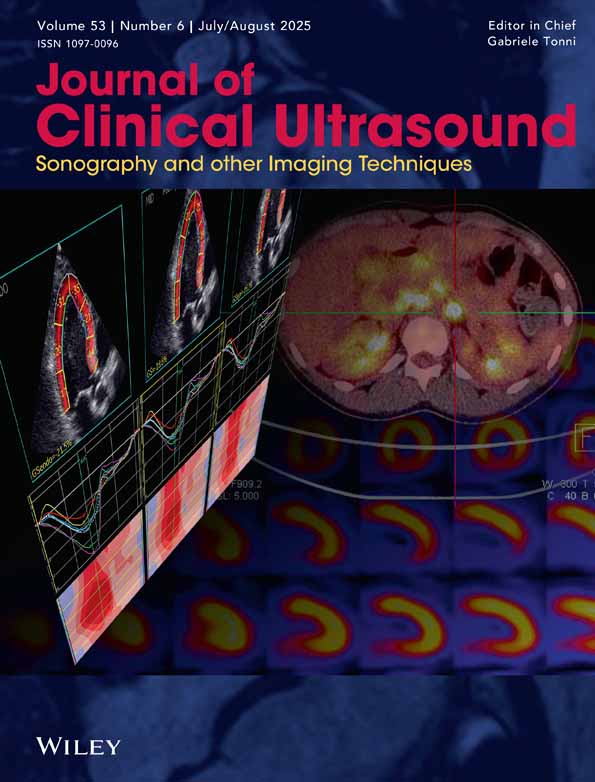Transcranial doppler ultrasonography versus arteriography for assessment of the vertebrobasilar circulation
Abstract
The investigation of the vertebrobasilar arterial system by transcranial Doppler (TCD) ultrasonography is difficult due to the numerous anatomical variations in the posterior circulation. To test the validity of TCD, we compared topographic measurements from vertebrobasilar angiograms and corresponding TCD findings in 58 patients with cerebrovascular diseases (N = 37, 21 affecting the vertebrobasilar system), brain tumors (N = 8), and other neurological diseases (N = 13). Normal TCD recordings of the vertebrobasilar system were confirmed by the angiograms in 25 patients, although the noninvasive method failed to separate morphologic variants (N = 15). In patients with pathological conditions of the vertebrobasilar system revealed by either method (N = 17), the combined use of both hemodynamic and radiomorphologic methods improved the diagnostic validity in 24%. We conclude that TCD examination of the posterior fossa circulation provides unambiguous results only if used in combination with cerebral arteriography.




